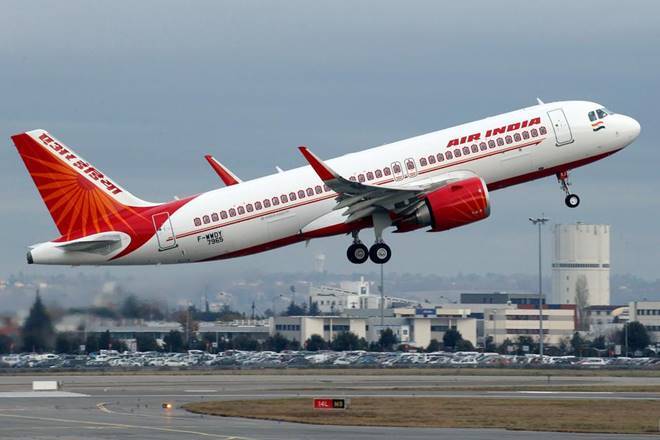This is part of a rebranding for Air India (AI), which is expected to be unveiled on Thursday in New Delhi in the presence of the Tata group top brass.
Air India’s 77-year-old mascot — the Maharaja — will not retire anytime soon. His workload, however, may come down; instead of a mascot’s role, the potbellied, lovable Maharaja with his curling moustache, aquiline nose and striped turban may be present in the airline’s premium classes and airport lounges.
This is part of a rebranding for Air India (AI), which is expected to be unveiled on Thursday in New Delhi in the presence of the Tata group top brass. The carrier’s current logo, featuring a red swan with a distinctive orange Konark Chakra, is expected to make way for livery housing a three-colour combination — red, white and purple — as a sign of change. While red and white have been AI’s colours, purple is derived from Vistara, which is going to be absorbed into the former flag carrier.
“The Maharaja will live on. It has a deep connect with people over a certain age who form a significant part of the flyers. The airline wants to retain that nostalgia,” sources familiar with the development said. The Maharaja fits in well with the airline’s efforts to project itself as a “global brand with an Indian heart”, they added.
Besides, it is felt that the Maharaja can still draw a connect for flyers like the ‘Singapore Girl’ does for Singapore Airlines. Born in 1972, the ‘Singapore Girl’ donning the distinctive ‘sarong kebaya’ uniforms has become a visual embodiment of the airline’s soul as well as a marketing icon of the carrier.
Read More: What is the RBI’s repo rate? How does it affect your loan EMIs?
“We expect many of the practices and systems (in AI) to be those of Vistara, it being a younger and privatised airline that has been able to bring in the learnings from its other shareholder (Singapore Airlines),” Wilson Campbell, managing director and CEO, Air India had told FE earlier.
The Maharaja has been an integral part of AI’s identity since its inception in 1946. The character, conceptualised by artist Umesh Rao and Bobby Kooka, Air India’s then commercial director, has been synonymous with the airline.
The makers of Maharaja would later reimagine the mascot to keep it contemporary to counter accusations that he presented a false and retrograde image of India. Moreover, AI inserted the Maharaja into real-world dialogues, allowing him to interact with the public in a novel way — much like the Amul girl. As a result, he became a real person to many of his fans.
Read More: Paytm Payments Gateway brings the most innovative payment features for India’s online businesses
Haris Bijoor, brand-strategy specialist, said, “I do believe the Maharaja is forever. It’s easy to erase the old with the new. Very few can preserve the old and make it new! AI must attempt that. In the era of hard-touch and hard-tech and hard commercial practice, the soft old mascot of yesteryears doesn’t belong to the dustbin of history. Instead it belongs to the future.”
The Tatas engaged London-based brand and design consultancy company Futurebrands in December 2022 to spearhead the rebranding process for Air India. Later, they appointed McCann Worlgroup India to work on the brand promotion initiatives.
With the marked transformation of the brand, AI would be hoping for a transformation in its financials too. The airline closed FY23 with a 16% increase in losses to Rs 11,216 crore, as against a loss of 9,661 crore reported in FY22. Revenues jumped 68% to Rs 37,928 crore during FY23. While its reserves and surplus stood at negative Rs 25,602 crore, it also had a negative capital reserve of Rs 13,286 crore as at the end of March 31.





































